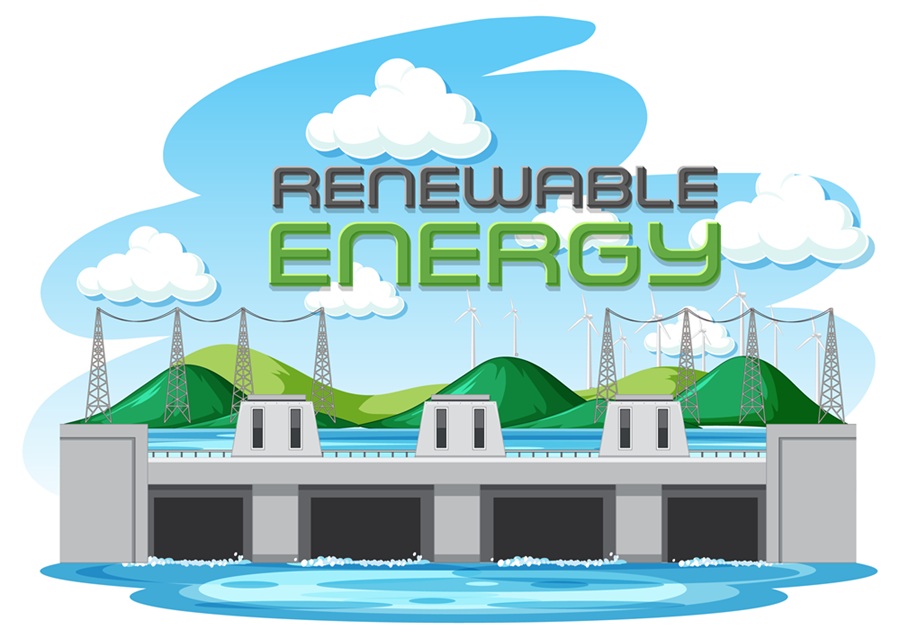
Sustainability: The Key Challenge and Future of Bitcoin Mining
Bitcoin mining consumes massive energy, but the industry is showing significant progress:
- Greater use of renewables
- Enhanced transparency
- Innovative technologies improving efficiency
- Increasing global regulation and accountability
⚡ Energy Consumption & Impact
- As of 2025 – Bitcoin mining uses approximately 170 TWh annually, more than countries like Norway or Bangladesh.
- Each Bitcoin transaction consumes ~1,335 kWh, equal to 45 days of power for a U.S. home.
- Bitcoin accounts for 0.78% of global electricity use.
- Carbon emissions in 2025 reached ~61 million metric tons of CO₂e.
- The network’s energy intensity per mined coin rose to 209 MWh.
🌱 Shift Toward Sustainability
- Renewable energy now powers more than 50% of Bitcoin mining.
- Norway leads in green mining (>99% renewable).
- Canada, Paraguay, and Iceland use hydro and geothermal energy to minimize emissions.
- Green labels, carbon offsets, and “clean Bitcoin” protocols are emerging to promote ESG practices.
🏭 Energy Mix
- Coal (45%) and natural gas (21%) dominate.
- Hydro (16%), nuclear (9%), wind (5%), and solar (2%) make up renewables.
- Bioenergy, oil, and flare gas are minor contributors.
🌍 Global Comparisons
- Bitcoin’s energy use exceeds that of:
- Pakistan, Chile, Netherlands, Switzerland, and the entire gold mining industry.
- It also uses more power than:
- Google (12.4 TWh), Facebook (5 TWh), and Visa (1.4 Wh per transaction).
- Bitcoin’s energy per transaction is millions of times higher than Visa or Solana.
🧠 Efficiency Improvements
- New ASIC miners achieved record efficiency: 46 J/TH.
- Immersion and liquid cooling improved PUE to 1.18.
- AI-optimized mining software and smart contracts help reduce waste and cost.
- Recovered heat is reused for heating homes and greenhouses in cold climates.
🏗️ Mining Trends
- Hash rate peaked at 617 EH/s, up 38% YoY.
- Institutional miners now make up 34% of total mining power.
- Retail miners (under 1 MW) dropped to 8% due to rising costs.
- Mining pool consolidation increased — top 5 pools control 76% of hash rate.
🛠️ Technological Innovations
- Battery-backed farms, energy arbitrage software, and AI models enhance adaptability.
- Green Hash Initiative launched to achieve 80% renewable mining by 2027.
- Blockchain-based reporting and telemetry improve energy tracking.
📊 Public & Regulatory Response
- 60% of U.S. adults still view Bitcoin as environmentally harmful.
- 16 countries have direct mining energy regulations (e.g., EU MiCA, NY fossil-fuel moratorium).
- Canada’s Quebec updated hydro access rules to favor renewable miners.
- The UN and various regulators are evaluating blockchain-based sustainability tools.
Bitcoin Mining and Renewable Energy

Integrating renewable energy into Bitcoin mining:
- Reduces environmental impact
- Lowers costs
- Improves energy grid stability
With continued innovation, Bitcoin mining could become a positive force in the global transition to clean energy.
📈 Energy Consumption
- Bitcoin mining consumes ~127 terawatt-hours (TWh) annually — comparable to countries like Argentina or Egypt.
- This high energy usage has sparked environmental concerns, especially when powered by fossil fuels.
🌞 Transition to Renewable Energy
- Miners are increasingly using solar, wind, hydro, and geothermal power.
- Benefits of renewables for miners:
- Lower energy costs
- Reduced carbon footprint
- Less dependence on traditional grids
- Improved operational stability
⚡ Improving Grid Reliability
- Bitcoin mining operations are flexible and can adjust energy use based on demand.
- This flexibility:
- Helps balance the load on energy grids
- Makes use of excess renewable energy that might otherwise be wasted
- Supports the development of new energy infrastructure, especially in remote areas
- Some miners participate in demand response programs — reducing consumption during peak hours in return for compensation.
🌍 Global Case Studies
- Texas (USA):
- Rich in wind and solar energy.
- Miners like Layer1 & Argo Blockchain help stabilize the grid by using surplus energy.
- Iceland:
- Relies on geothermal energy.
- Cold climate reduces cooling needs, improving energy efficiency.
- Mining is low-cost and environmentally friendly.
- Canada (Quebec):
- Focus on hydropower.
- Bitfarms and others use stable, cost-effective hydroelectricity.
- Hydropower supports sustainable mining and improves grid efficiency.
Sources:
https://coinlaw.io/bitcoin-energy-consumption-statistics
https://www.sciencedirect.com/science/article/abs/pii/S0140988325003275